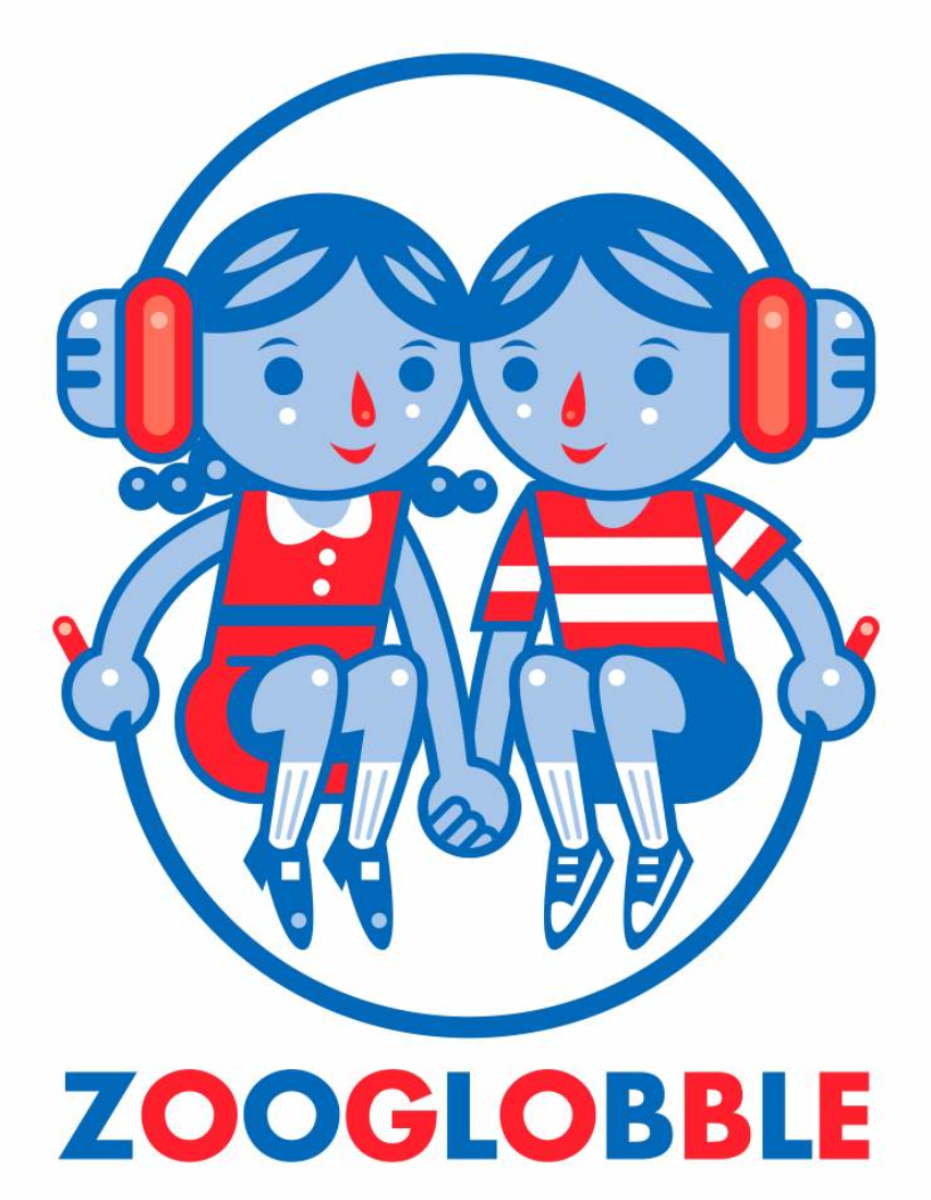I posted some comments about a recent animated movie on Facebook -- I wouldn't normally call out a movie in a review of a different movie, but the story doesn't work if I don't say that it was Minions. I suggested that that movie failed to fully make me care about the characters and seemed to tire of the plot about two-thirds of the way through, and someone said, what do you expect from a movie in which the primary characters don't speak any sort of recognizable language?
To which I replied that I fully expected Aardman Animation to create characters I care about and a compelling in the upcoming Shaun the Sheep Movie.
My love for Aardman dates back to well before I kids, more than 20 years ago when in 1993 I first saw The Wrong Trousers, the second movie to feature Wallace and Gromit, a British bachelor with a predilection for absurd inventions (Wallace), and his down to earth dog (Gromit). Aardman specializes in stop-motion animation with clay. Director Nick Park and his Aardman animators did such an amazing job giving emotional expression to Gromit, who doesn't speak, doesn't even make a single sound, in that movie, that I was hooked, and have seen much of their output since. (Think of them, to some extent, as a British Pixar, though one that's been around for more than 40 years, and long before Park and Wallace and Gromit.)
The third W&G movie (1995's A Close Shave) was about a sheep rustler, and featured in a small role a diminutive and somewhat plucky sheep which Wallace named Shaun. In 2007, Shaun got his own TV series in which he and his flock had been transferred to a farm in northern England. The basic gist of the series, which features 7-minute episodes, is that Shaun and his flock -- who are particularly smart and with human-like skills -- get into simple adventures (e.g., wanting to have a dance party) but need to fix whatever goes awry without The Farmer (as he is only known) figuring out their unusual sentience. All the other animals have sentience -- some, like Bitzer, the sheepdog, are the sheep's friends (mostly), while others, like the pigs, are not. Think of it as Toy Story, but with animals, shorter, more slapstick-y, and with a certain British reserve, with everything always tied up with a nice little bow, order restored.
And essentially silent, as the sheep just bleat, the other animals only make their relevant animal sounds, and the humans only occasionally mutter nonsense babbling. The TV show is in many ways an essential classic for 3-to-7-year-olds of just about any culture.
So, high bar set, I looked forward to Shaun the Sheep Movie with excitement and some trepidation. How do you translate the 7-minute medium into something essentially 12 times its length? Could you hold the interest of kids in what is basically an 85-minute silent movie? And would Aardman make me understand and care about the characters?
The basic plot of the movie is a TV episode writ (very) large. The sheep, through their machinations accidentally send the Farmer to the Big City, Bixter in pursuit, and they quickly realize that while they enjoyed their freedom, they miss the Farmer and the order he provides. (The three pigs take over the house, and a brief clip shows them dancing to what sure sounded like Primal Scream's "Rocks.") So off they head to the city, and... well, I'm not going to divulge the rest of the plot other than to say, yes, everything is tied up with a nice little box, order restored.
In a brief prologue, the movie neatly outlines the farm family's long affinity for one another, which explains why the sheep and Bixter would go to such troubles to retrieve the Farmer, who is oblivious to what is going on. The stakes are higher as well -- while basically the only thing at stake in the series is whether the Farmer will discover the animals' abilities, the movie raises the possibility that the Farmer will never return to the farm, and with the addition of the animal control officer Trumper, the possibility that the animals themselves might be harmed. (Trumper is too over-the-top for my taste, but subtlety in plot has never been the series' calling card.) Directors Mark Burton and Richard Starzak keep the animals moving along through the city, and while it drags at points, the set pieces (such as a bit in a fancy restaurant) are very well-done. So on the character-and-plot development count, Shaun the Sheep Movie far exceeds Minions.
But don't think this is some highfalutin silent art movie -- I stopped counting the underwear/butt/poop jokes when the figure hit double-digits. Yes, there are any number of visual puns (my favorite: the sign in the Big City listing its "sister cities" in foreign countries... all of which translate into "Big City" in other languages) and call-outs to other movies (Cape Fear, anyone?) for the adults and older kids to pick out, but for the most part this is a slapsticky film. While it won't turn on the Pixar waterworks, the movie may generate more kindergartener belly laughs than most Pixar movies as well. (As I'd expect, Aardman's crew has the clay animation and set design down pat.)
So in the end, I was pretty pleased with Shaun the Sheep Movie -- longtime fans (like myself and my family) will enjoy it, and there's nothing that would prevent newcomers from getting hooked into the characters. Definitely recommended.
Note: my family and I attended an early press screening of the movie.









